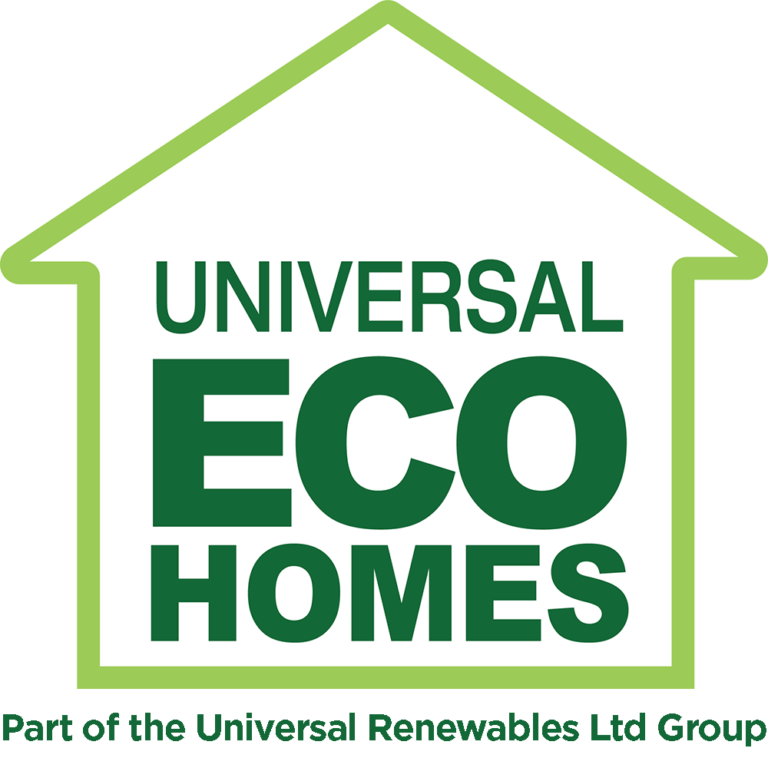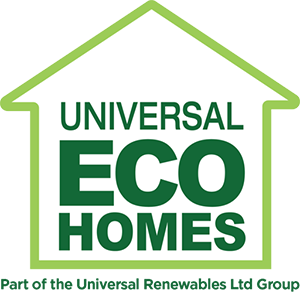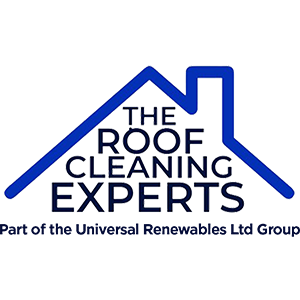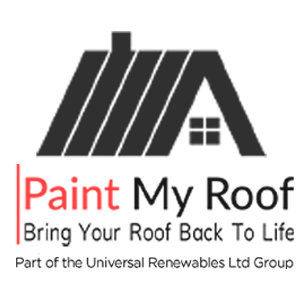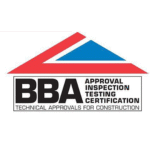Roof cleaning not only ensures your home looks good all year round, but is also important for ensuring your roof lasts a long time. Your home is your biggest investment and your roof is what keeps it safe. Keeping your roof clear of algae, mould, moss and general dirt and grime will prolong its life and stop you having to pay out thousands of pounds for a new one. Here are the Do’s and Don’t of cleaning your roof.
DON’T: use a pressure washer for roof cleaning
Pressure washers are great for areas that need heavy cleaning, such as decking or patios, but you should never use one on your roof. The intense pressure can lift tiles, vents or flashing, leading to leaks and damp inside your home. They can even crack tiles, which will need to be replaced.
DO: use a soft washing technique
Soft washing is a combination of low pressure washing and a mixture of water, bleach, and algaecides. Soft washing was designed for the purpose of cleaning algae of off roof shingles as it does not cause damage. If you don’t have any experience of doing it, it’s best to employ an expert for the job.
DON’T: wait until your roof is covered in algae, moss and dirt
Algae and moss not only ruin the aesthetic of your home, but can damage the roof tiles or shingles. If you leave it long enough it could even begin to damage your roof. If you don’t clean your roof on a regular basis, algae, moss and dirt can really build up, making it harder to clean and potentially structurally unsound.
DO: unclog the gutter as part of roof cleaning
The gutter diverts rain away from the roof, which helps avoid damage due to sitting water. Gutters can stop functioning properly if they are clogged by leaves and debris, as they are carrying too much weight. This can bend or buckle them, causing water to run places it shouldn’t, or stop running at all. Clear your gutters on a regular basis.
DON’T: clean your roof alone
Cleaning a roof is potentially dangerous and shouldn’t be done alone. Make sure you have appropriate safety equipment and clothing. You should have anti-skid shoes and a harness, as well as a tall enough ladder. If you don’t feel confident, don’t take the risk. Ask an expert to to do it instead.
DO: remove or cut back potential problem areas close to the roof
It makes sense to tackle a problem before it’s created rather than dealing with the aftermath. In terms of your roof, this means cutting back or trimming vegetation that surrounds it. This will stop leaves and twigs getting in your gutters, and larger tree branches falling on the roof and damaging tiles. Not having leaf litter all over your roof will stop it getting so dirty, which means you’ll need to clean it less.
